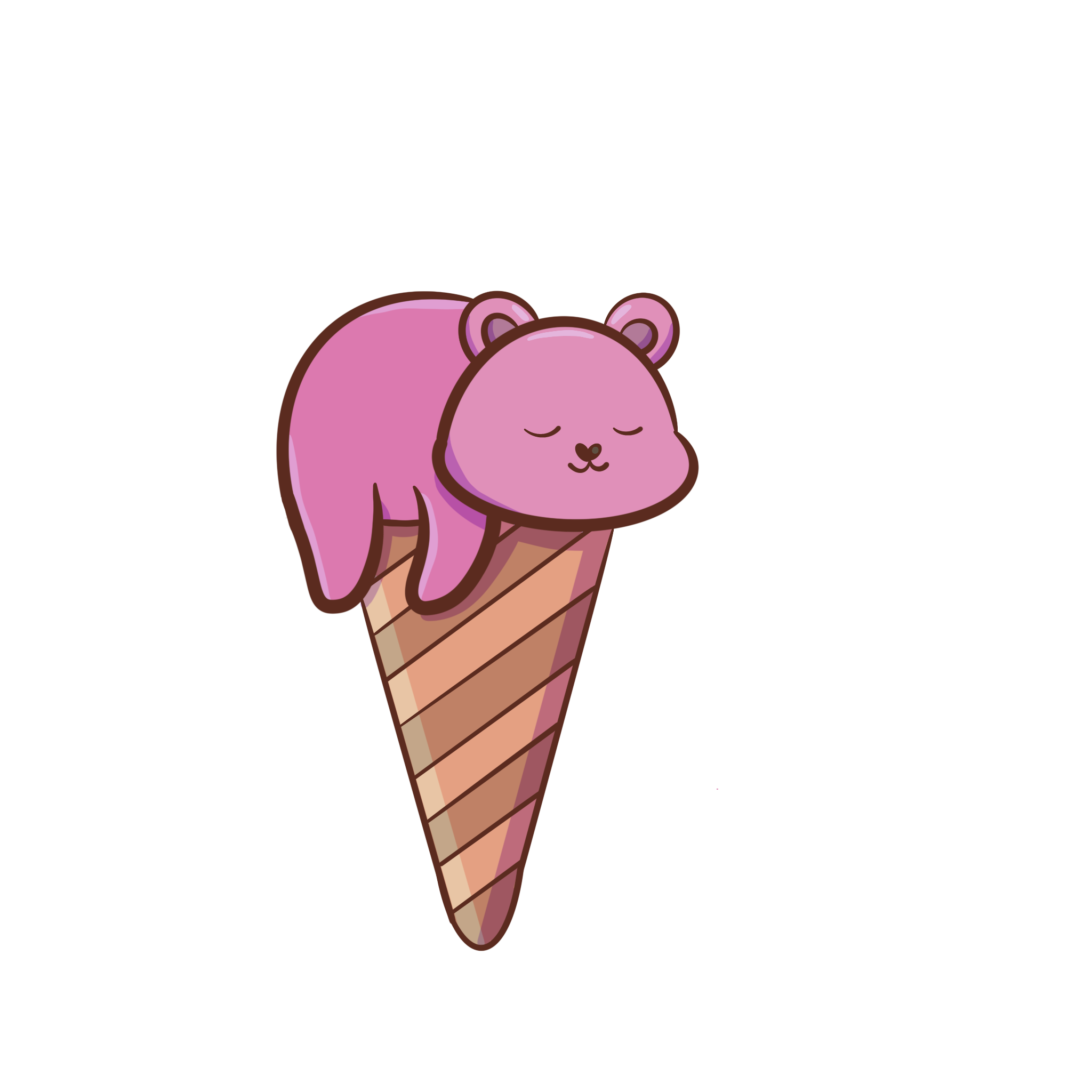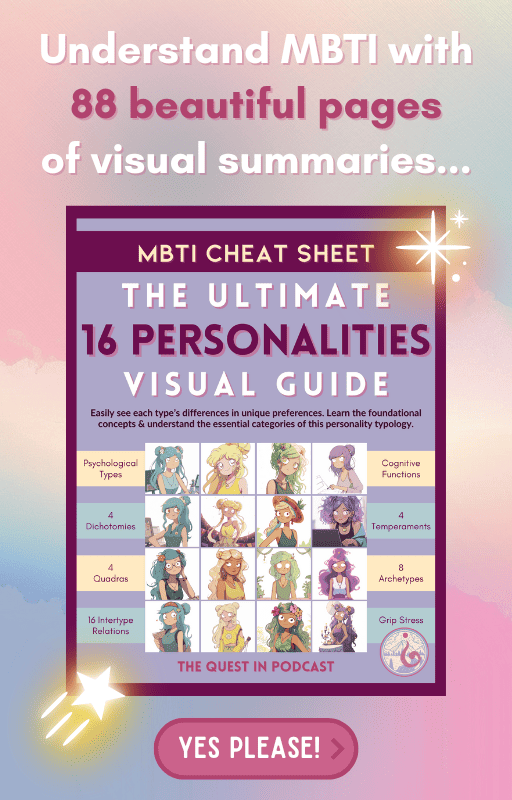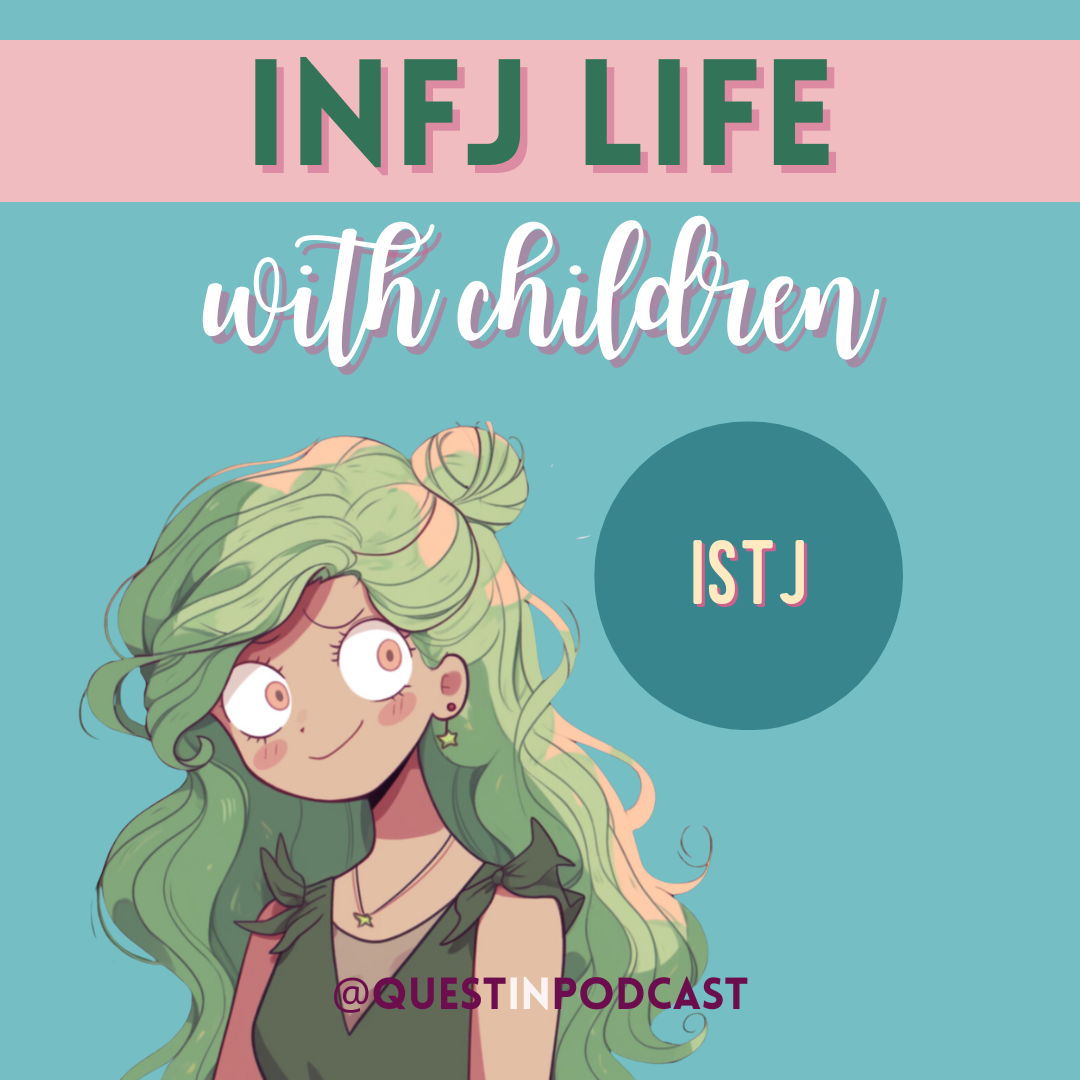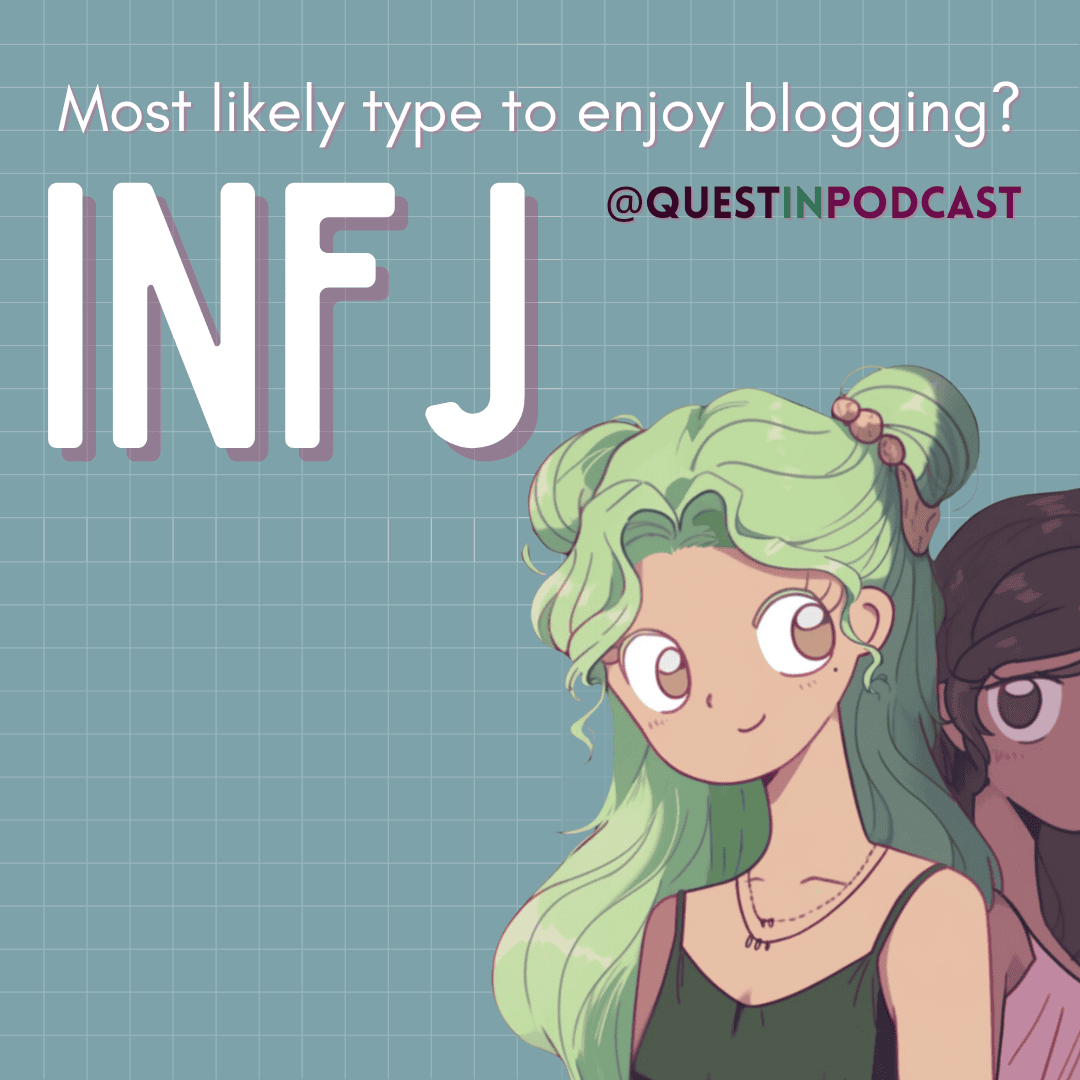
What are the “Four Sides of the Mind” according to Jung?
The Four Sides of the Mind
The theory actually originated from John Beebe. It builds off of MBTI typology to explain the development of personality over a person’s life with different focuses in each time period.
The four sides are as Ego, Subconscious, Unconscious, and Superego.
The First is the Ego (Conscious)
Example: INFJ with Ni-Fe-Ti-Se
Naturally, the first developed side of the mind is our conscious Ego. The ego is flavored by our two dominant functions, our “Hero” first function and our “Parent” second/auxiliary function.
The ego develops in childhood and young adulthood primarily as a default way of operating in the world. The cognitive functions are strengthened because they are preferred for use in decision-making and information-gathering.
The leading functions are the way a personality has the style, flavor, and quirks that it develops.
The Second in the Subconscious (Aspiration)
Example: INFJ > ESTP with Se-Ti-Fe-Ni
Then the Subconscious is the weaker function of our conscious four functions.
It is a flip of our Ego’s type. Basically, switch every letter for type preferences. I > E, N > S, F > T, and J > P, giving you the ESTP Subscious for an INFJ type.
The second side of the mind can be developed through working on insecurities.
The “Child” third function is an innocent underused strength and the “Anima/Animus” fourth/inferior function is a source of fear.
By addressing and healing such insecurities and weaker functions, a person can become live a more fulfilling life courageously and enjoyably.
The Third is the Unconscious
Example: INFJ > ENFP with Ne-Fi-Te-Si
The Unconscious is the inversion of introversion and extroversion for each function. (Same order of functions, flip introverted to extroverted and vice versa.)
For the INFJ for example introverted intuition (Ni) > extroverted intuition (Ne) and extroverted feeling (Fe) > introverted feeling (Fi), making the unconscious side of the mind distinctly an ENFP type.
The third and fourth side of the mind are portrayed with shadow functions that are not in the conscious awareness or conscious development of a type.
The “Nemesis” fifth function is a source of worry or in other words pessimistic ideation. The “Critic” sixth function is a frequent criticism generator but also a potential for wisdom.
The Fourth is the Superego
Example: INFJ > ISTJ with Si-Te-Fi-Ne
The Superego is the complete reversal in 8 functions of a type.
The “Trickster” seventh function is a blindspot missing in awareness of a type and is arguably the weakest of the 8 functions. The “Demon” eighth function is a triggering source that can lead to corruption or very negative emotions.









